Right after Russia’s full-scale invasion of Ukraine, crop scientist Inbal Becker-Reshef got a letter from officials in Kyiv. They wanted to figure out how much wheat and other grains were lost to Russian President Vladimir Putin’s occupying forces.
Work began on tracking and mapping lost crop production using satellites and remote sensing. It’s one of many assignments Becker-Reshef and her team of more than 20 scientists have been tasked with since founding an arm of U.S. space agency NASA that monitors agriculture around the world.
Now, with a total of $7.7 million in early-stage funding and after another summer of weather shocks, the academic is starting a global rapid crop assessment center to field requests from places hit by disaster and conflict.
A sort of hotline for governments, aid agencies and farming associations, the aim is to use images from space that are then sifted and interpreted by AI models to predict potential crises early. The results will guide various responses to crops and food supply.
It’s one of the projects financed by Google as part of the foundation’s AI Collaborative on Food Security, which funds solutions for getting ahead of hunger crises. Other backers include Microsoft’s AI for Good Lab, startup Planet Labs, NASA and the Food and Agriculture Organization of the United Nations.
The needs are getting greater and more frequent. This year alone, deadly floods hit Texas, a heat wave struck much of Europe, about 1,000 firefighters tackled a huge wildfire on the edges of Marseille, and sweeping rains in China led to landslides. In recent weeks, flash floods in Pakistan displaced more than 4 million people, destroying rice and sugarcane crops.
That’s on the back of several years of shocks to how food is produced, distributed and consumed — from the coronavirus pandemic and shipping disruptions to multiple conflicts — Ukraine, Gaza, Sudan and Tigray to name a few.
Market volatilities have led governments to impose trade bans, further shaking up supplies and prices of everyday staples. The U.N. estimates about 8% of the global population may have faced hunger last year amid increases in Africa and Western Asia.
"These requests are becoming more frequent and larger actually, in terms of the analytical requirements,” Becker-Reshef said in an interview from Strasbourg, France, where she heads a research team and teaches at the university there. "We cannot meet the need that exists.”
Becker-Reshef obtained her doctorate in remote sensing and crop-yield forecasting at the University of Maryland in College Park. Her plan is to spin off the new global rapid response center from NASA Harvest, which is headquartered at the university.
The new center will have headquarters either in Europe or the U.S. to coordinate urgent assessment requests that could then be distributed across a global network of key partner experts and institutions, she said. Other uses may include predicting how upcoming weather patterns, like La Nina or droughts, will impact food production, or being able to predict harvests in countries that are key to global food security but less transparent.
The overall funding is miniscule when cuts to aid from U.S. President Donald Trump and growing food shocks are putting pressure on organizations to do more with less.
"The risks and threats to people’s food security are going in an increasingly negative direction,” said Chris Hegadorn, adjunct professor of global food politics at Sciences Po in Paris. "Governments are starting to recognize that they need to do something because of these heightened risks. But starting with the U.S., everybody is in an incredibly tight position. I don't see the level of resources going up.”
Becker-Reshef also isn’t alone. Crop-monitoring satellite companies have also multiplied in recent years, while researchers are adding new food security tools to meet the growing needs.
In June, academics at the Massachusetts Institute of Technology unveiled The Jameel Index, which generates food trade vulnerability scores for more than 160 countries, and plans to include the impacts of future climate change scenarios on trade, and to aid planning. Also that month, nonprofit Earth Genome launched an app that visualizes a complex network of food flows and global interdependencies.
While there are organizations working in agriculture and food security, there’s a gap in providing fast intelligence during different kinds of agricultural crises.
Over a 20-year career, Becker-Reshef has attracted a long list of backers, clients and collaborators. She’s worked with U.N. food agencies, the U.S. Department of Agriculture and the Famine Early Warning Systems Network. She’s involved in the GeoGlam Crop Monitor, a G20 initiative spurred in the wake of food price spikes more than a decade ago, and recently joined Microsoft’s AI for Good Lab as managing director.
At NASA Harvest, which she co-heads, the team has mapped out smallholder farmers in Togo and determined the impact from the derecho windstorm on Iowa’s corn and soybean crops.
Her team continues to work on Ukraine, one of the key projects, assessing the damage caused by Russia’s invasion, monitoring new crop planting and quantifying farmland that’s been abandoned, particularly that on the front lines. In terms of impact, the information given to Kyiv helped officials avoid any potential grain export restrictions, something that would have further increased the shock to the food supply chain from the war.
The team is also working on quantifying the damage to rice from floods in Pakistan, and the impact on crops in abandoned areas spurred by the civil war in Sudan, with similar requests for North Kivu in the Democratic Republic of Congo.
"We’ve done a lot,” said Becker-Reshef. "But actually we’ve done just a fraction of what we are asked.”



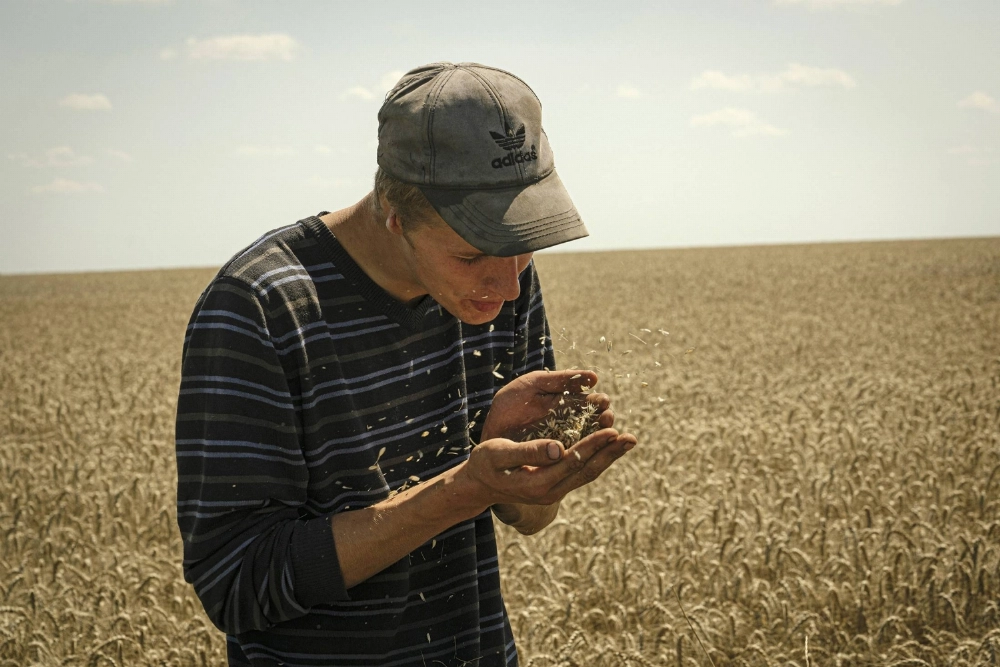
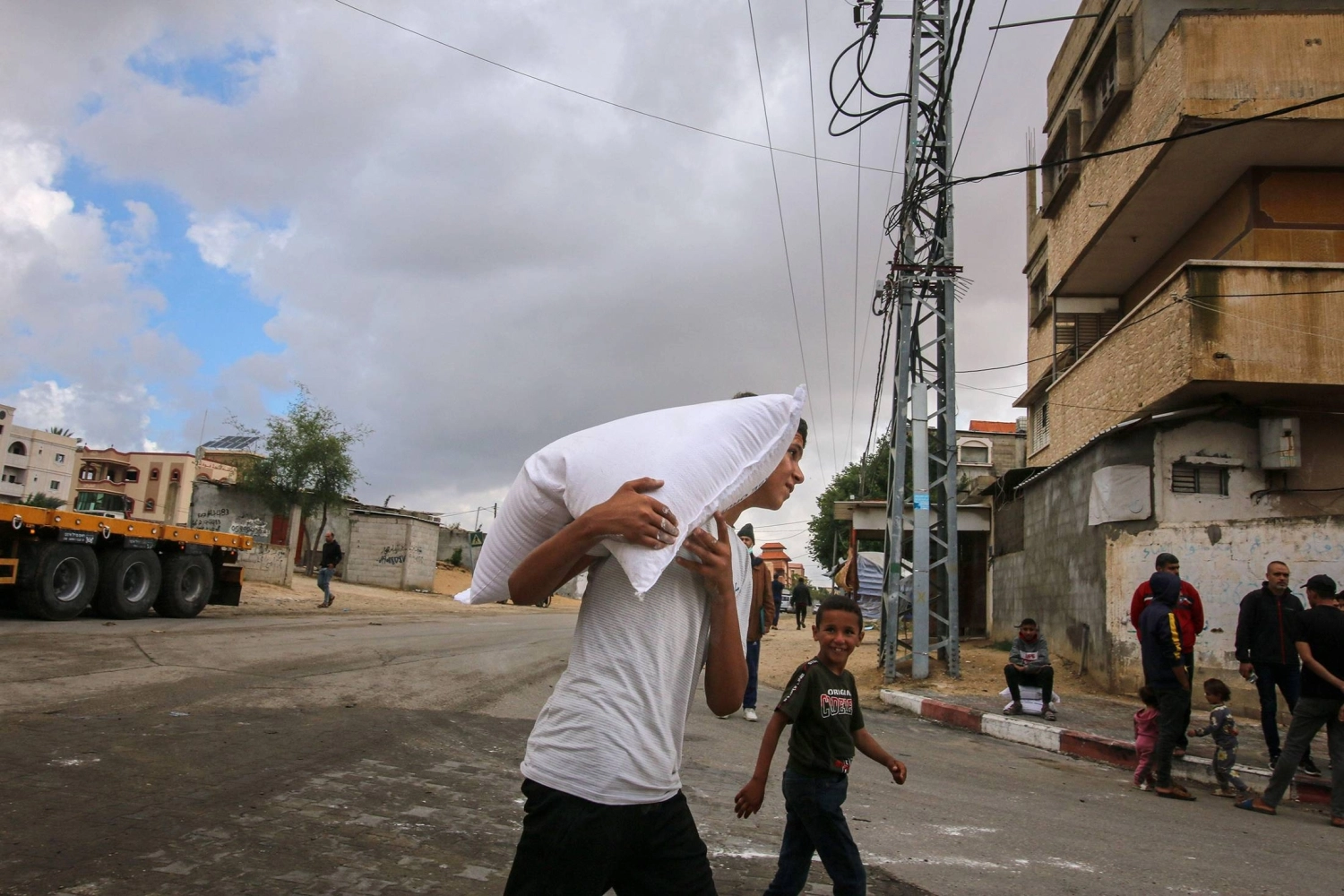
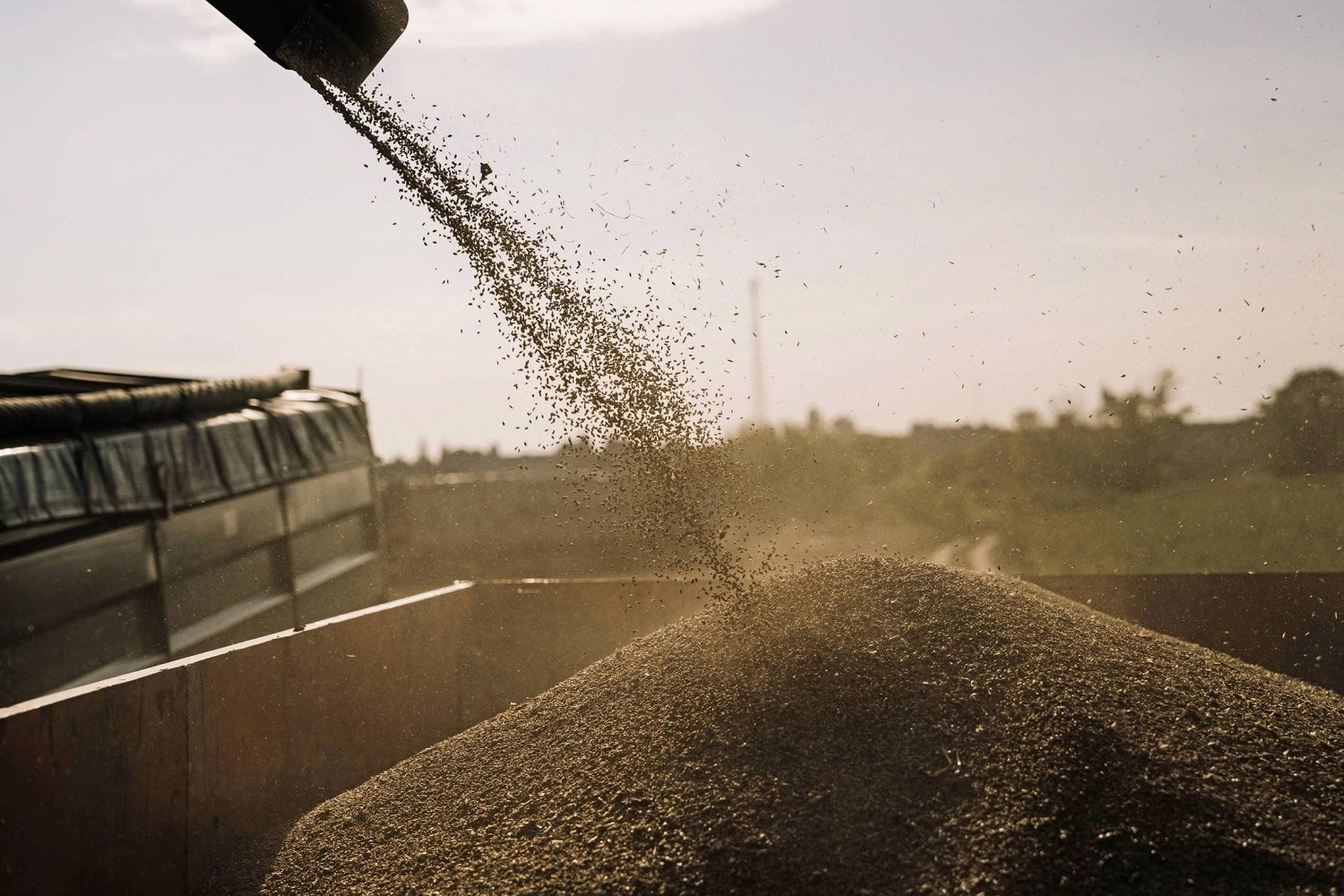
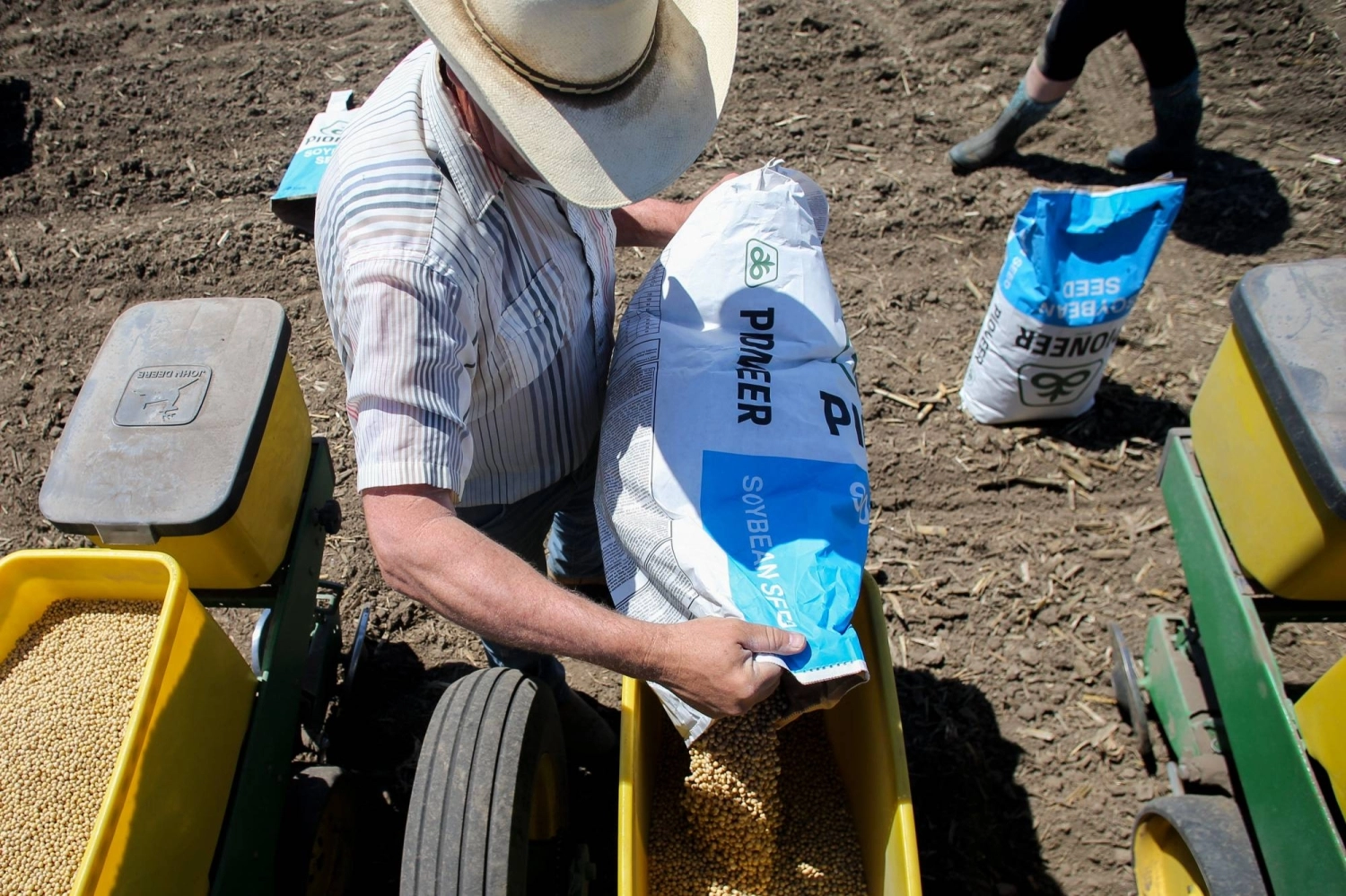
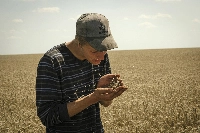
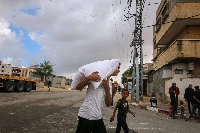
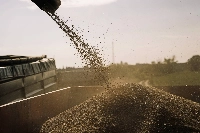
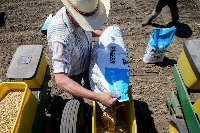








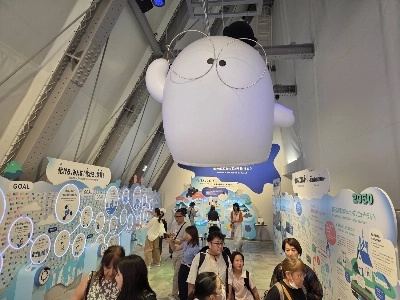




With your current subscription plan you can comment on stories. However, before writing your first comment, please create a display name in the Profile section of your subscriber account page.